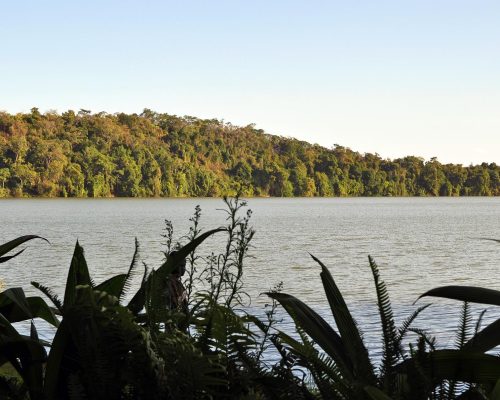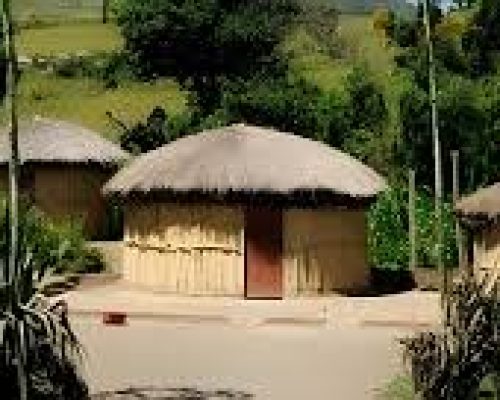Kilimanjaro National park
Kilimanjaro National Park is located in northern Tanzania and is home to Africa’s highest peak, Mount Kilimanjaro. The park covers an area of 1,688 square kilometers and was established in 1973 to protect the unique flora and fauna found in the area. The park is a popular destination for hikers and mountaineers who come to climb Mount Kilimanjaro, which stands at 5,895 meters (19,341 feet) above sea level.
One of the unique features of Kilimanjaro National Park is its climatic zones. The park’s location near the equator means that it experiences a wide range of temperatures and weather conditions. The mountain’s slopes are divided into five distinct climate zones, each with its own unique vegetation and wildlife. The zones are the tropical rainforest, montane forest, heath and moorland, alpine desert, and arctic summit.
The tropical rainforest zone is found at the base of the mountain and is characterized by lush vegetation, including giant trees and ferns. This zone receives the highest amount of rainfall, with up to 2,000 millimeters of rain per year.
The montane forest zone is found at higher elevations and is characterized by a mix of trees, including olive and camphor. This zone receives less rainfall than the rainforest zone but is still relatively moist.
The heath and moorland zone is characterized by heather and other low-lying plants. This zone is relatively dry, with a higher risk of wildfires.
The alpine desert zone is found at even higher elevations and is characterized by sparse vegetation, including grasses and lichens. This zone is extremely dry, with very little rainfall.
The arctic summit zone is the final zone and is found at the summit of the mountain. This zone is characterized by freezing temperatures, snow, and ice.


















